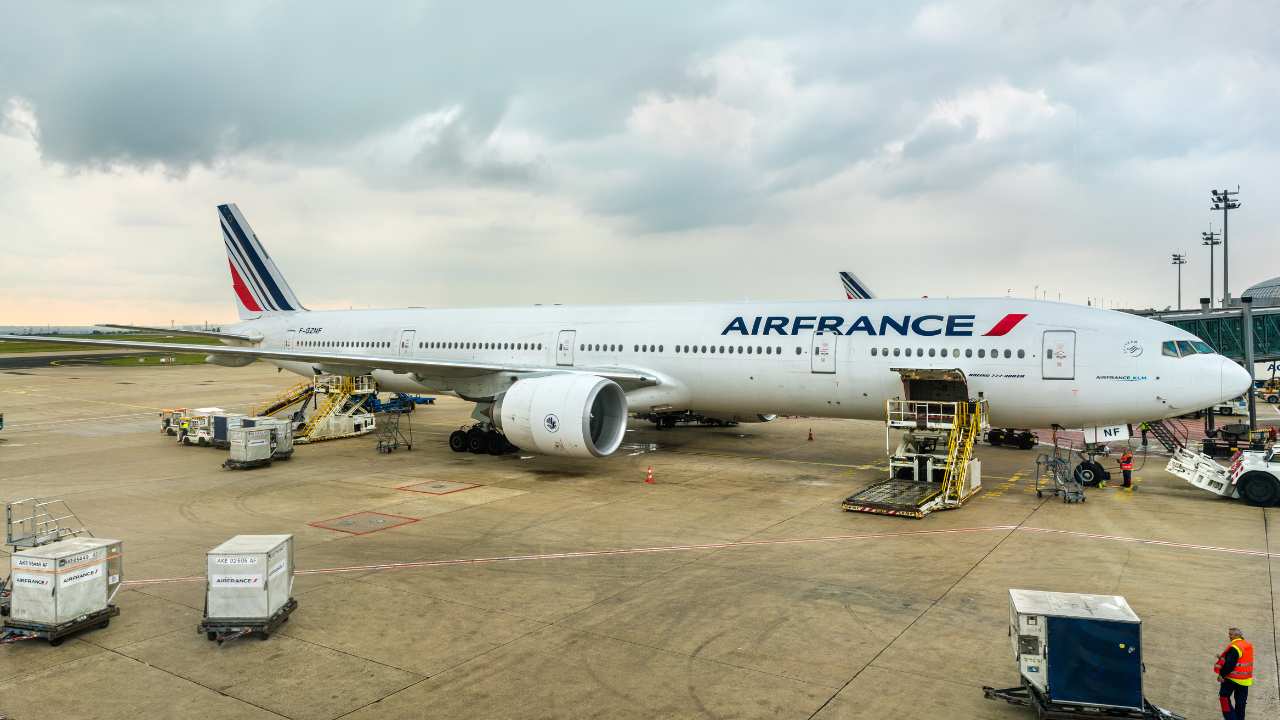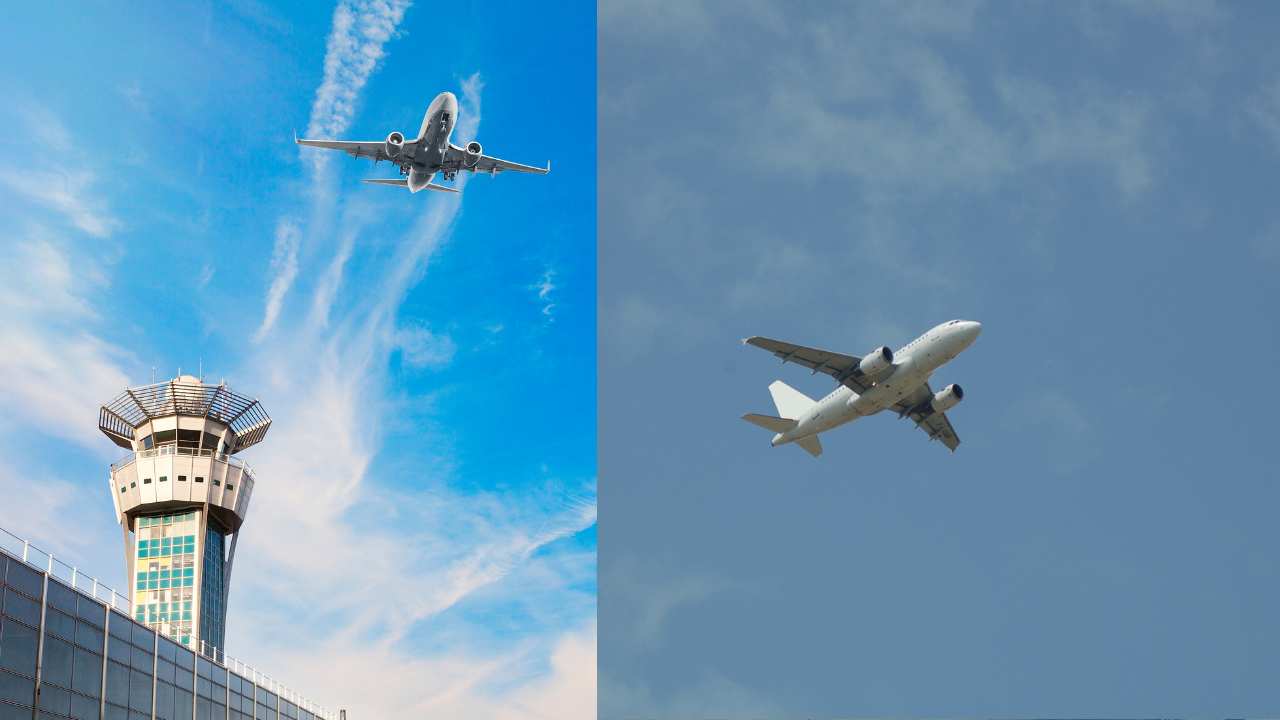
In the world of international travel, airlines play a pivotal role in connecting people, cultures, and economies. With globalization on the rise, choosing the right airline becomes increasingly important for travelers. Two major players in the airline industry, Air France and Delta Airlines, have long been known for their extensive networks, quality services, and global presence. In this comprehensive comparative analysis, we will delve deep into the history, fleet, destinations, services, and customer experiences of these two giants to help you make an informed decision the next time you’re planning an international trip.
Introduction
Air France and Delta Airlines, both legacy carriers with a rich history, have earned their reputations as reliable options for long-haul and international flights. While they operate in different parts of the world, their partnership through the SkyTeam Alliance allows passengers to seamlessly connect between their networks. This partnership enhances their collective reach and provides passengers with more options when traveling.
A Brief Overview
Air France:

Founded in 1933, Air France is the flag carrier of France and operates from its hub at Charles de Gaulle Airport in Paris. It has a long and storied history, being one of the world’s oldest airlines. Air France has consistently ranked as one of the top airlines globally and is known for its elegant French touch in both service and cuisine. In 2004, Air France merged with KLM, creating the Air France-KLM Group, one of the largest airline conglomerates in the world.
Delta Airlines:
Delta Airlines, founded in 1924 as Huff Daland Dusters, is one of the major airlines in the United States. It is headquartered in Atlanta, Georgia, and operates from its primary hub at Hartsfield-Jackson Atlanta International Airport. Over the years, Delta has grown both organically and through mergers and acquisitions, making it one of the largest global airlines. It is a founding member of the SkyTeam Alliance.
Now, let’s delve deeper into various aspects of these airlines to better understand what they offer to travelers.
Fleet and Routes
An airline’s fleet and route network are essential factors in determining its reach and the variety of travel options it offers. Let’s take a closer look at how Air France and Delta Airlines compare in this regard.
Fleet
Air France:
Air France maintains a modern and diverse fleet. As of my last knowledge update in September 2021, its fleet primarily consisted of Airbus and Boeing aircraft. The long-haul fleet included Airbus A330, A340, A350, and Boeing 777 aircraft. Air France also had the impressive Airbus A380 in its fleet, which is known for its spacious cabins and luxurious amenities, although it has since been phased out by the airline due to economic considerations.
For short-haul and regional flights, Air France operates a range of Airbus A320 family aircraft and Embraer E-Jets. The airline has been gradually modernizing its fleet to improve fuel efficiency and passenger comfort.
Delta Airlines:
Delta Airlines boasts one of the largest and most diverse fleets among U.S. carriers. As of my last update in September 2021, its long-haul fleet includes Boeing 767, 777, 787, and Airbus A330 aircraft. Delta is a launch customer for the Airbus A350, which it has been introducing to its fleet for long-haul international routes. The airline also had a significant number of Boeing 757 and 767 aircraft, which were being phased out and replaced by more fuel-efficient models.
For domestic and short-haul flights, Delta operates a mix of Boeing 717, 737, Airbus A320 family aircraft, and regional jets. Delta Connection, operated by various regional partners, extends its reach to smaller cities and towns.
It’s important to note that airlines frequently update their fleets, so it’s advisable to check the latest information on aircraft types and configurations before booking your flight.
Routes and Destinations
Air France:
Air France has a robust global network, with a strong focus on connecting passengers through its hub at Charles de Gaulle Airport in Paris. It serves over 200 destinations in approximately 100 countries worldwide. This extensive network makes it a convenient choice for travelers heading to Europe, Africa, the Middle East, Asia, and the Americas. Major destinations include Paris, Amsterdam, New York City, and Johannesburg.
Delta Airlines:
Delta Airlines offers a vast network of routes, with a strong emphasis on domestic and international flights from the United States. It operates to more than 300 destinations in over 50 countries. Delta’s major hubs, including Atlanta, Los Angeles, and New York-JFK, serve as key gateways for travelers. Delta is a top choice for those looking for domestic connections and transatlantic flights to Europe. Major destinations include Atlanta, New York City, Los Angeles, and Tokyo.
In terms of destinations and network size, Delta has a slight edge due to its extensive coverage of the United States, but Air France shines when it comes to connecting Europe with the rest of the world.
Services and Cabin Classes
The level of service an airline provides, along with the quality and variety of cabin classes, can greatly influence the overall travel experience. Let’s compare the services and cabin classes offered by Air France and Delta Airlines.
Services
Air France:
Air France is renowned for its French touch in service. Passengers can expect a high level of hospitality and attention to detail. The airline offers a range of services, including:
In-Flight Entertainment: Air France provides a selection of movies, TV shows, and music on its long-haul flights. The screens are typically large, and the content is regularly updated.
Cuisine: Air France is known for its exceptional inflight dining. Passengers in all classes can enjoy complimentary meals and beverages. Business and First Class passengers are treated to gourmet dining experiences, often featuring French cuisine.
Wi-Fi: Air France offers Wi-Fi on many of its long-haul flights, allowing passengers to stay connected during their journey for a fee.
Lounges: Air France has luxurious lounges, including its flagship La Première Lounge in Paris. These lounges offer a serene and comfortable environment with complimentary food and beverages.
Delta Airlines:
Delta Airlines also offers a range of services to enhance the passenger experience:
In-Flight Entertainment: Delta’s entertainment system, Delta Studio, provides a wide selection of movies, TV shows, and music. Passengers can enjoy these offerings on personal screens, often with complimentary access, depending on the class of service.
Cuisine: Delta serves complimentary meals and snacks in all cabins on long-haul international flights. The quality of meals varies by route and class of service. Business Class and Delta One passengers enjoy upgraded dining options.
Wi-Fi: Delta offers Wi-Fi on most of its flights, including international routes. Wi-Fi pricing varies depending on the route and the type of pass purchased.
Lounges: Delta Sky Clubs are available at major airports, offering a place to relax, work, and enjoy complimentary snacks and beverages for eligible passengers.
Both airlines prioritize passenger comfort and services, with Air France’s emphasis on providing a distinct French experience and Delta offering a more American-centric approach to service.
Cabin Classes
Air France:
Economy Class: Air France’s Economy Class offers comfortable seating with adjustable headrests, personal screens, and a variety of meal options, including French cuisine on long-haul flights.
Premium Economy: The Premium Economy cabin provides extra legroom, enhanced meal options, and additional amenities to make long-haul travel more comfortable.
Business Class: Air France’s Business Class, known as “Classe Affaires,” offers lie-flat seats, gourmet dining, and access to premium lounges.
First Class: Air France’s First Class, “La Première,” is the pinnacle of luxury, featuring spacious suites, personalized service, and exclusive lounge access.
Delta Airlines:
Main Cabin (Economy Class): Delta’s Main Cabin offers standard economy seating with entertainment options and complimentary snacks and beverages.
Comfort+: Comfort+ provides extra legroom, dedicated overhead bin space, and priority boarding, enhancing the economy class experience.
Delta One (Business Class): Delta One offers lie-flat seats, enhanced dining, and premium amenities for international and select domestic flights.
First Class: Delta’s First Class includes spacious seating, upgraded dining options, and priority services for domestic flights.
Both airlines offer a range of cabin classes to cater to different preferences and budgets. Air France’s La Première and Delta’s Delta One provide top-tier luxury experiences for travelers seeking the utmost in comfort and service.
Customer Experience and Reviews
To gauge the customer experience of both airlines, we can turn to passenger reviews and industry rankings.
Air France Customer Experience:
Air France has received generally positive reviews for its service, especially in premium cabins. Passengers often praise the quality of food and wine, the comfort of its lie-flat seats in Business Class, and the attentive service. However, like many airlines, Air France has also faced criticism for occasional delays and issues related to baggage handling.
Delta Airlines Customer Experience:
Delta Airlines has earned a strong reputation for its punctuality and operational reliability. Passengers appreciate the airline’s extensive domestic network and the convenience of its hubs. Delta’s customer service is often praised for its responsiveness and helpfulness. On the downside, some travelers have noted that the quality of meals in economy class can be inconsistent.
Industry Rankings:
As of my last knowledge update in September 2021, both Air France and Delta Airlines were recognized by industry awards and rankings. Skytrax, a respected aviation rating organization, awarded Air France a 4-star rating, while Delta Airlines received a 3-star rating. However, it’s important to note that these rankings can change over time and may not capture the full range of passenger experiences.
Partnerships and Alliances
Both Air France and Delta Airlines are part of the SkyTeam Alliance, which is one of the three major global airline alliances. This alliance allows passengers to benefit from shared routes, seamless connections, and access to a broader network of destinations through partner airlines. While both airlines have their own extensive networks, being part of an alliance enhances their global reach.
Environmental Initiatives
In recent years, environmental sustainability has become a key focus for the aviation industry. Airlines are working to reduce their carbon footprint and invest in more fuel-efficient aircraft. Both Air France and Delta Airlines have initiated efforts to mitigate their environmental impact.
Air France:
Air France has committed to reducing its carbon emissions through initiatives such as using sustainable aviation fuel (SAF) and investing in more fuel-efficient aircraft. The airline has set ambitious targets to reduce its carbon emissions per passenger-kilometer.
Delta Airlines:
Delta Airlines has also made significant strides in environmental sustainability. The airline has invested in new, more fuel-efficient aircraft, and it has committed to becoming carbon-neutral by 2030. Delta is working to reduce its emissions through various means, including the use of SAF and operational improvements.
Conclusion
Choosing between Air France and Delta Airlines ultimately depends on your travel preferences, itinerary, and priorities. Here’s a summary of key considerations:
Air France excels in providing a distinct French touch to its services and offers a luxurious First Class experience. It’s an excellent choice for travelers heading to Europe and beyond through its extensive network from Paris.
Delta Airlines offers an extensive domestic network within the United States and a reliable, customer-focused experience. It’s a strong option for travelers connecting through major U.S. hubs.
Both airlines provide a range of services, cabin classes, and global connectivity through their partnership in the SkyTeam Alliance. Consider your priorities, such as in-flight comfort, destination, and loyalty program, when making your decision. Additionally, be sure to check for the latest updates on services, fleet, and routes, as the airline industry is continually evolving.

